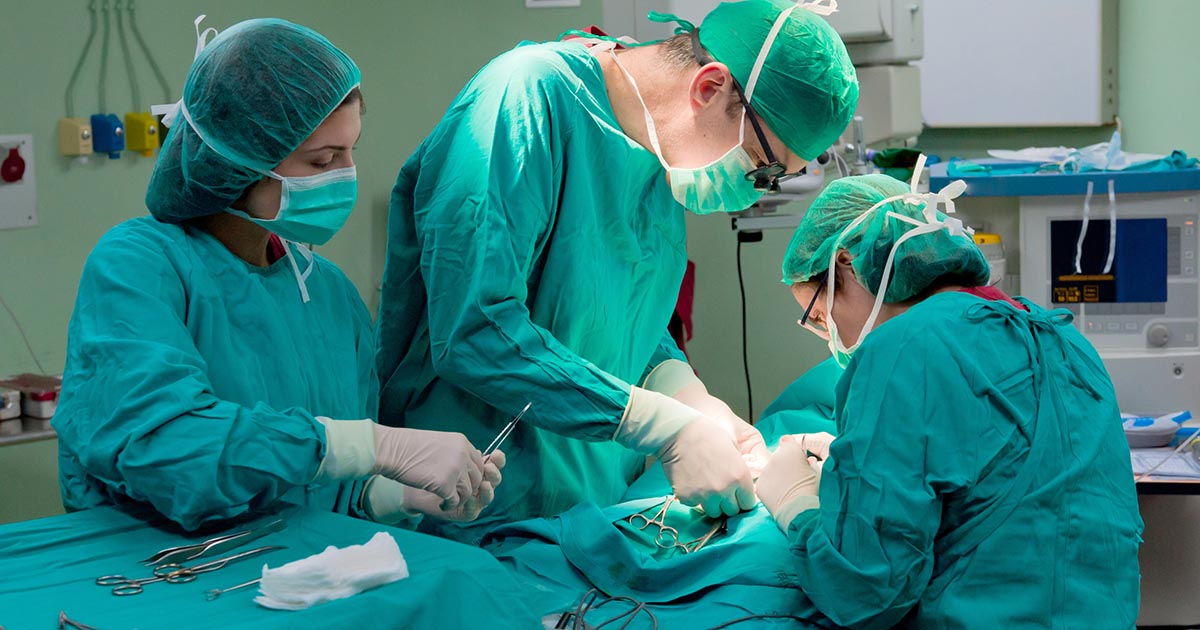Treatments For Alagille Syndrome
Alagille syndrome is an inherited disorder that can affect many parts of the body, including the liver and heart. One of the most prominent features of the disorder is damage to the liver due to abnormalities in the bile ducts. Bile plays a vital role in digesting fat, and the ducts remove it from the liver, carrying the bile to the gallbladder and small intestine. Individuals with this syndrome may possess fewer ducts than the average person. Alagille syndrome can affect individuals in a variety of ways, differing from person to person. It can even present differently in individuals within the same family. Mild forms of the condition may not even be noticed until adulthood, while others can be diagnosed as babies. Possible symptoms include blood vessel and heart problems, abnormalities with the eyes, and distinctly abnormal facial features and skeletal shape. Patients may also exhibit jaundice, excrete pale feces, experience prevalent nose bleeds and bleeding gum, have trouble absorbing nutrients, and even be afflicted by cirrhosis.
Get to know the treatment options for Alagille syndrome now.
Liver Transplant

Liver transplants are only recommended for a small number of patients with Alagille syndrome, as it comes with quite a few risks. There must be a severe existing liver disease that has caused cirrhosis, and the presenting symptoms cannot be managed in another, less intrusive manner. Children with the syndrome tend to have more complications when receiving a liver transplant, as they may also have problems with their kidneys or heart. Transplants are only considered when a physician deems it necessary. Going this route is a process that must be considered carefully in conjunction with a medical team.
Keep reading to learn about more treatments for Alagille syndrome.
